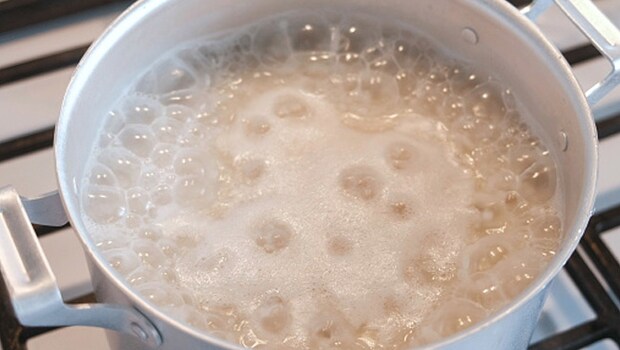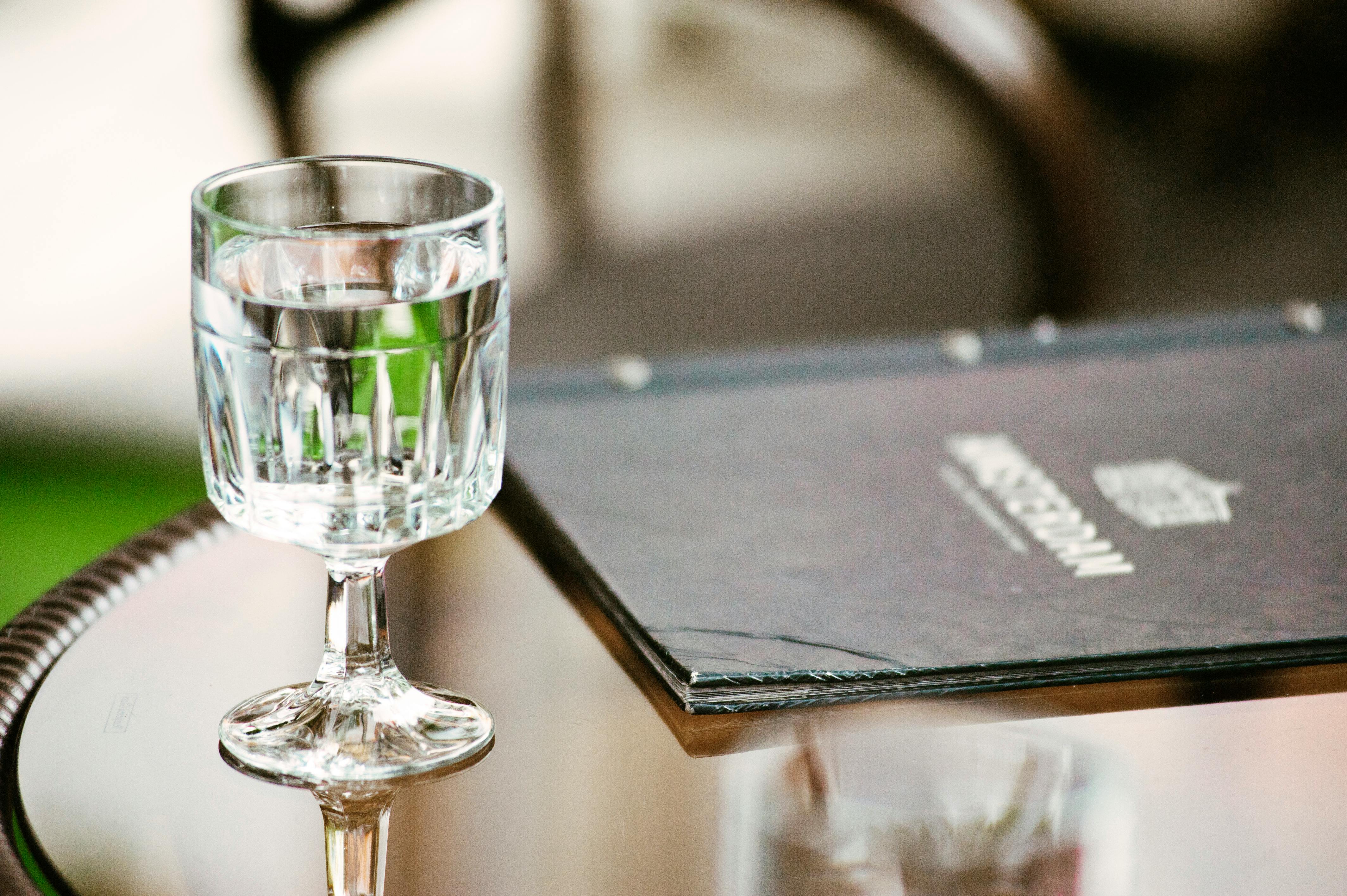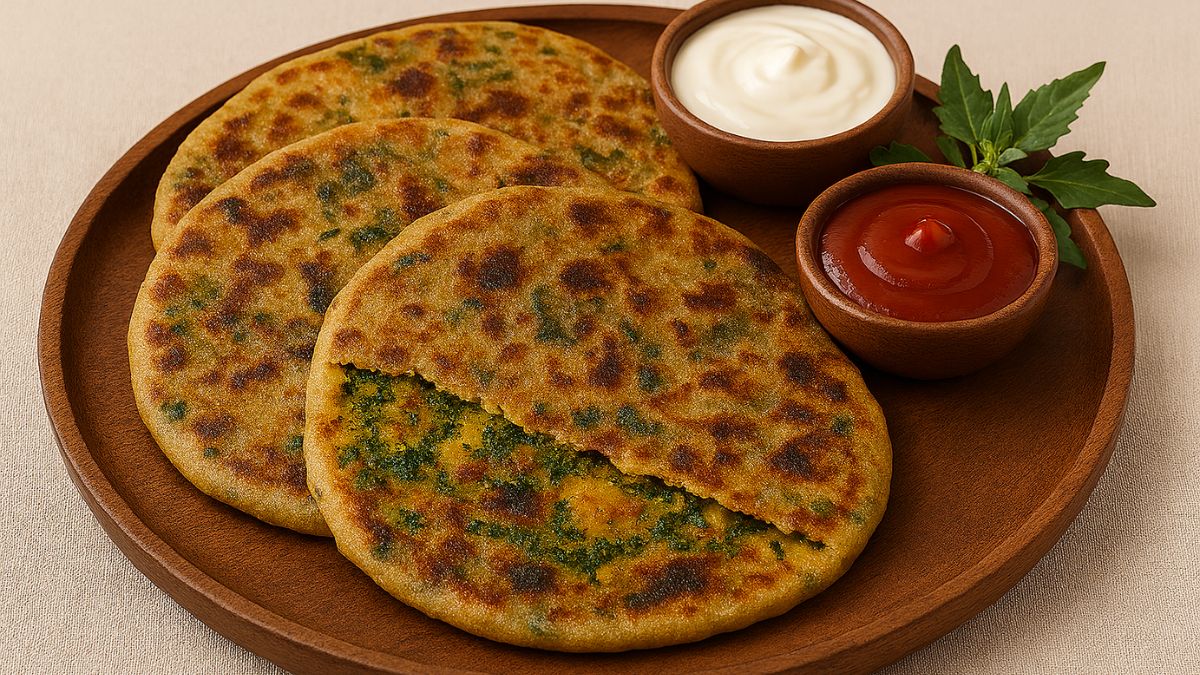Cooking rice seems easy, but it can be really tricky for a newbie. We've all been there. You're super excited to dig into a hot plate of your favourite dish, but when you take a bite, it's a sticky, mushy mess. So frustrating, right? You think you've followed the recipe, but somehow, things just didn't go as planned. Often, the problem happens when we stir the rice right after it's done cooking. We think we're helping, but actually, we're making it worse. But why does this simple action change the taste and texture of our beloved food? If you are a rice-lover, this article is for you. Here's a simple cooking lesson on why you shouldn't stir rice right after it's cooked and what to do instead.
Also Read:How To Make Quick And Easy Chicken Fried Rice In 30 Minutes
Why You Should Never Stir Rice Right After It's Cooked
Here are some reasons why you should refrain from stirring rice right after it's cooked:
1. Stirring Releases Starch

You'll be surprised to know that freshly cooked rice is still steaming and releasing starch. When you stir it right away, you disturb the grains and spread this excess starch around, which ultimately makes it clumpy and sticky. Instead of soft, separate grains, you may end up with a gummy outcome that feels more like khichdi than pulao.
2. Grains Are Fragile Right After Cooking
When the rice has just finished cooking, the grains are swollen with water and very delicate. Stirring them immediately can cause breakage, making your rice look and taste uneven. Giving it time to settle ensures the structure of each grain becomes firmer, so they can hold their shape when you fluff them later.
3. Leftover Steam Needs Time To Escape
Even after you turn off the flame, rice continues to cook in its own steam. Stirring too soon disrupts this process and releases moisture unevenly. Allowing the rice to sit undisturbed for 5–10 minutes helps the steam distribute gently, making sure every grain finishes cooking uniformly.
4. It Affects The Final Texture
You can cook any dish, from plain steamed rice to fried rice, and you will agree that texture matters. Stirring right away traps steam, causes clumping, and gives your rice a heavy, sticky feel. Resting, on the other hand, gives you the fluffy, light consistency that pairs beautifully with curries, dals, and gravies.
Common Mistakes To Avoid While Cooking Rice | Common Rice Cooking Mistakes

1. Stirring Immediately After Cooking
As mentioned above, stirring causes the rice grains to break and release excess starch, making them sticky or mushy.
2. Lifting The Lid Too Soon
Letting steam escape early can affect the final texture. The rice is still cooking in its own steam.
3. Overcooking Or Too Much Water
An inappropriate amount of water adds to the mushiness problem and makes the rice clump together.
How Do You Cook Rice So It's Fluffy | How To Make Fluffy Rice?
Here are some important tips to keep in mind to make fluffy rice every time.
1. Use a fork instead of a spoon to fluff rice gently.
2. Add oil or ghee before fluffing to coat grains and keep them separate.
3. Steam rice in a cloth or muslin bag for soft, non-sticky rice.
4. Fluff rice gently from the bottom to avoid breaking grains.
5. Use a gentle stirring motion to separate grains without applying too much pressure.
Expert Tips To Make Perfect Rice

If you struggle to make perfect fluffy rice at home, follow these steps:
1. Rinse Rice Thoroughly
Rinse rice 2-3 times before cooking to remove excess surface starch, which can make rice sticky and clumpy. This simple step can significantly improve the texture of your cooked rice.
2. Use the Right Water Ratio
Use the right water-to-rice ratio based on the variety of rice you're cooking. Different types of rice, such as basmati or sona masoori, require specific water ratios to achieve perfect doneness.
3. Let The Rice Rest
Let rice rest for 5-10 minutes after turning off the heat before fluffing. This allows the steam to dissipate, and the rice to retain its moisture and texture.
4. Choose the Right Cookware
Use a heavy-bottomed pot to distribute heat evenly and prevent burning. This type of pot helps to cook rice consistently and prevents hotspots that can lead to burnt or undercooked rice.
5. Cook with Care
Avoid overcooking or stirring rice too much, as this can make it sticky and unappetizing. Instead, cook rice gently and patiently, allowing it to cook evenly and retain its natural texture and flavour.
Should You Rinse Rice After Cooking?

No. Unlike pasta, rice should not be rinsed after cooking as it washes away flavour and nutrients.
Why Does Rice Always Turn Sticky | How To Keep Rice From Turning Sticky?
This usually happens because of too much water, not washing off surface starch before cooking, or stirring too soon. Make sure to wash rice before cooking. Skip stirring it right after it's cooked and let it rest before removing the lid.
How Long Should I Let Rice Rest Before Serving | How Long Should Cooked Rice Sit Out?
About 5–10 minutes is ideal. This helps steam redistribute and gives you fluffier grains.
Can You Stir Rice If You're Making Khichdi Or Risotto?
Yes, those recipes actually rely on starch release, so stirring is encouraged.
Also Read: 6 Easy Ways To Keep Rice Grains Separate And Prevent Them From Sticking
So, follow this guide the next time you're making rice to get fluffy and hearty grains every time.
About Nikita NikhilMeet Nikita, a passionate soul with an insatiable love for two things in life: Bollywood and food! When she's not indulging in binge-watching sessions, Nikita can be found behind the lens capturing moments or expressing her creativity through painting.







